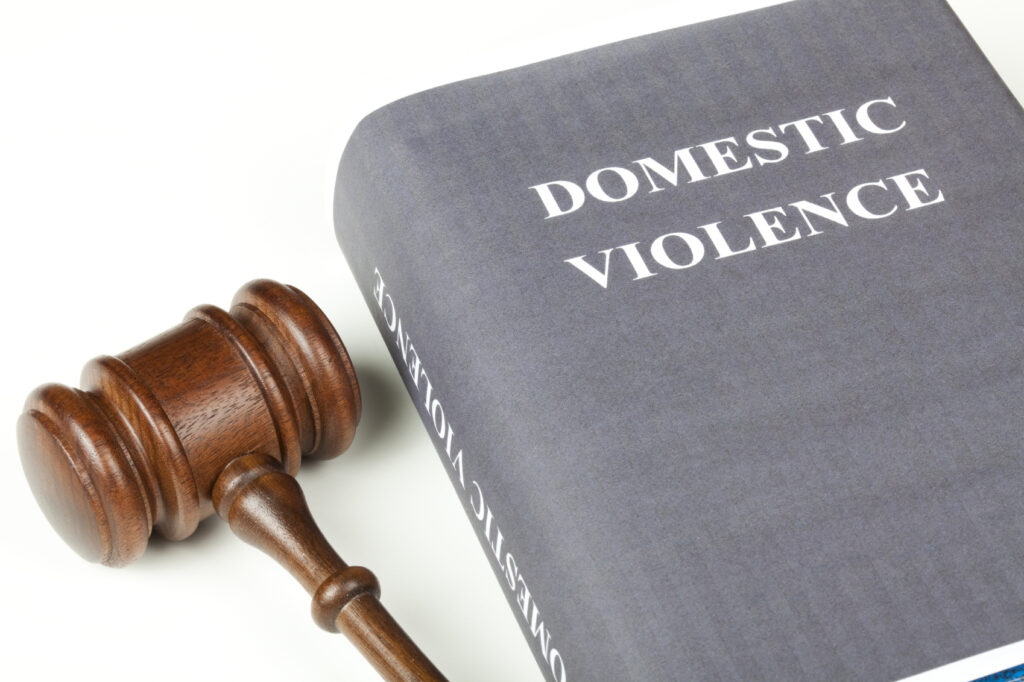The $801,797.00 in federal grant funds announced by Gov. Jim Justice on Thursday will provide core services, direct intervention, and related assistance to victims of sexual violence at the state’s 12 regional rape crisis centers.
Nancy Hoffman, state coordinator with the West Virginia Foundation for Rape Information and Services, said this money pays for frontline assistance.
“It does provide the opportunity for our centers to do 24/7 crisis intervention,” Hoffman said. “To have phone lines and advocates available 24/7 to go to the hospitals with victims for support if they have a forensic exam.”
The annual funding is administered through the West Virginia Sexual Assault Services Program. Hoffman said it’s not a new revenue stream.
“This is actually the 15th year of the funding,” Hoffman said. “It has increased over the years and enables our 12 regional rape crisis centers to be able to provide those services. When the funds first were appropriated on the federal level, those funds only supported nine centers in the state. Now, with increased funding, we are able to support 12.”
Hoffman said while the grant is large, providing 24/7 crisis intervention for all 55 counties carries a cost that averages out to $14,545 per county. She says it doesn’t cover all that’s needed.
“We are reliant on support from the state,” she said. “We’re reliant on other grants and community donations to be able to provide those services.”
U.S. government statistics reveal one in six women will experience an attempted or completed rape at some time in her life, and it is estimated that a majority of female rape victims are younger than age 18.
Hoffman said West Virginia statistics mirror those numbers.
She said West Virginia’s arrest rates are remarkably low, noting that in 2019, 88 percent of the sexual assaults that were reported to law enforcement were not cleared, and only 9 percent were cleared by arrest.
Hoffman said about only one third of sexual assault victims actually do report to law enforcement, so the reporting numbers are low.
“That’s something that we’re certainly looking into with our partners,” Hoffman said. “We’re hoping that the legislature will consider doing a study on that to see if we can drill down even deeper to determine why people are reluctant to report.”




















 iStockphoto.com
iStockphoto.com